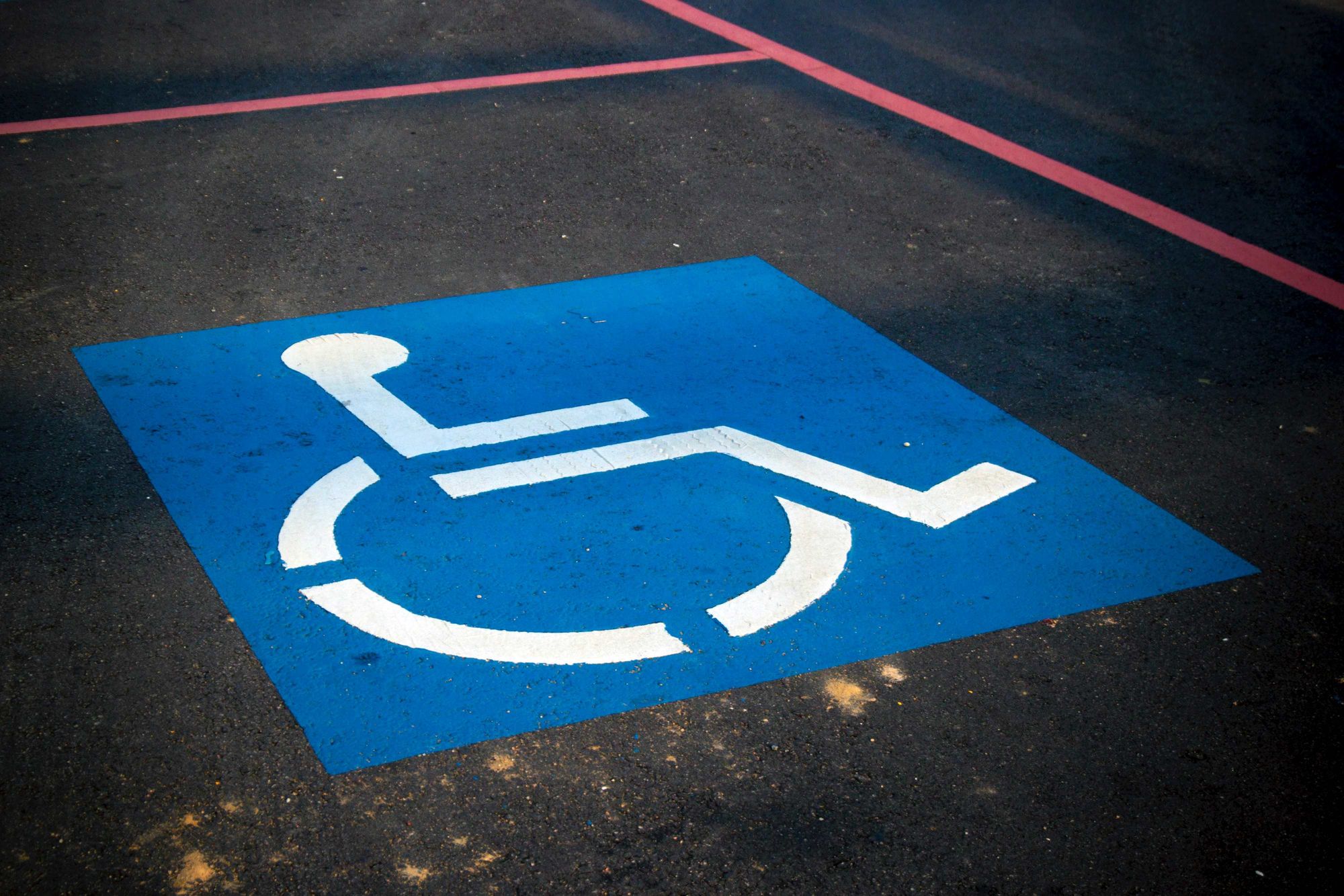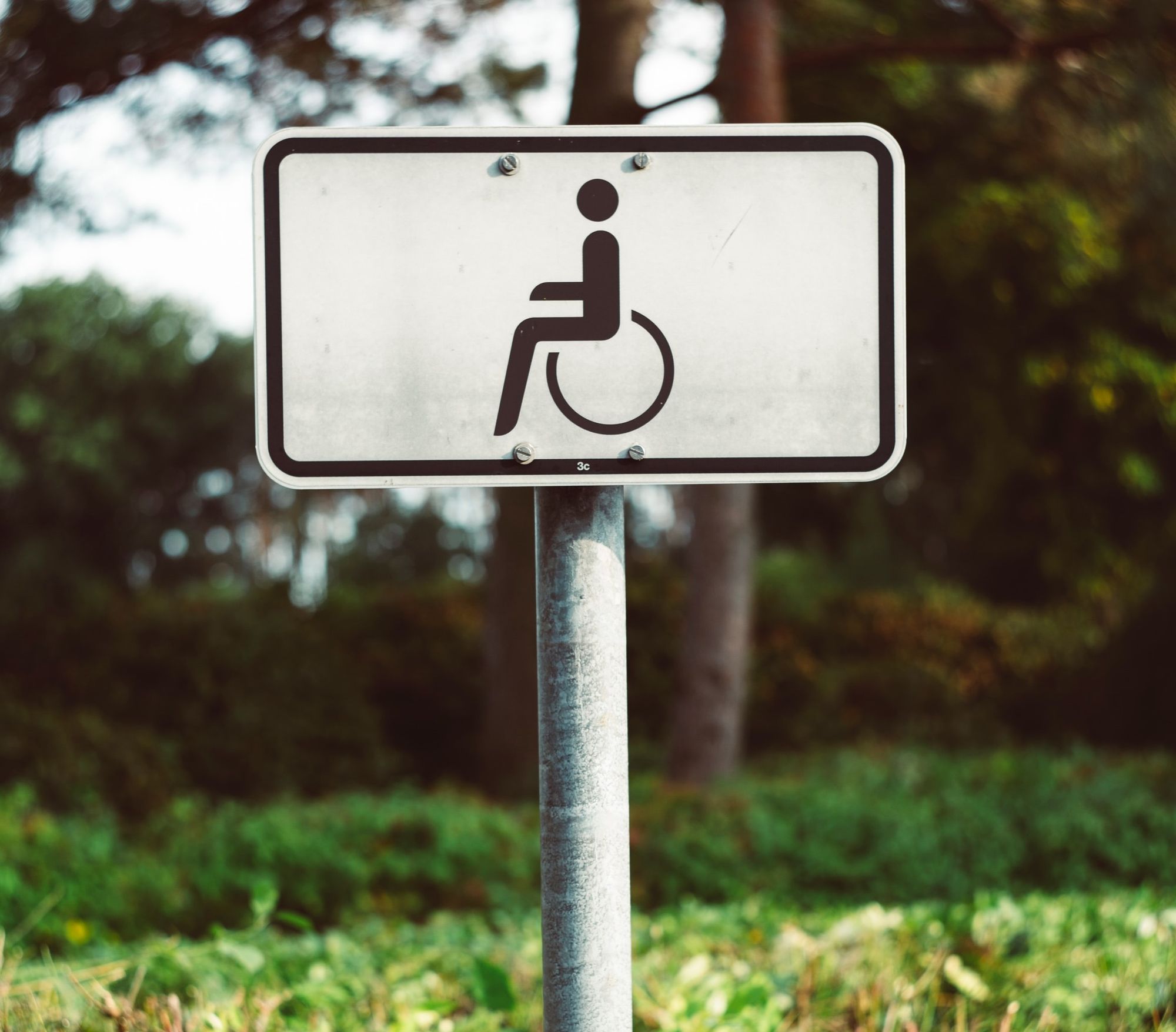Inclusive Playgrounds: Creating a Welcoming Environment for All in Central Park
Embracing Accessibility and Inclusivity

Central Park in New York City is not only a renowned urban oasis, but it also takes pride in being inclusive and accessible to people of all abilities. Within its expansive grounds, Central Park features inclusive playgrounds and recreational areas designed to provide a welcoming environment for everyone. Let us explore how these spaces are thoughtfully designed, incorporating adaptive equipment and sensory experiences to ensure that every individual can enjoy the park's offerings to the fullest.
One of the key aspects of inclusive playground design is accessibility. These playgrounds are carefully constructed to accommodate a wide range of abilities, ensuring that children and adults with physical disabilities can freely navigate the play areas. Wheelchair ramps, accessible pathways, and ground-level play elements enable individuals using mobility aids to easily move around and engage in play.
In addition to physical accessibility, inclusive playgrounds in Central Park focus on sensory experiences. Sensory play elements are incorporated to engage and stimulate all senses, making the play experiences enjoyable for individuals with sensory sensitivities or impairments. From tactile surfaces and musical installations to interactive water features and calming garden spaces, these sensory-rich elements create a multi-dimensional play environment.
The design of inclusive playgrounds also emphasizes the importance of adaptive equipment. Swings with harnesses, inclusive merry-go-rounds, and supportive seating options are just a few examples of adaptive equipment that cater to different physical needs. These thoughtful additions ensure that children and adults of varying abilities can actively participate in play and enjoy the same level of fun and interaction as their peers.
By prioritizing accessibility, sensory engagement, and adaptive equipment, Central Park's inclusive playgrounds exemplify a commitment to creating an inclusive and welcoming environment for all. In the next part, we will delve deeper into the specific features and amenities offered at these playgrounds, highlighting their unique contributions to promoting inclusivity in the park.
Features and Amenities of Inclusive Playgrounds in Central Park

Central Park in New York City has taken great strides to ensure that its inclusive playgrounds offer a wide array of features and amenities that cater to the diverse needs and abilities of park visitors. These inclusive play spaces go beyond basic accessibility, incorporating elements that promote sensory exploration, imaginative play, and social interaction. Let's explore some of the remarkable features found in Central Park's inclusive playgrounds.
One notable feature is the presence of inclusive play structures that allow children of all abilities to engage in active play. These structures often include ramps, bridges, and platforms that enable wheelchair users and individuals with limited mobility to navigate the play space independently. They are thoughtfully designed to ensure that all children can access different levels and play areas, fostering a sense of inclusivity and equal participation.
Another prominent aspect is the variety of sensory-rich experiences integrated into the playgrounds. These experiences aim to stimulate the senses and provide engaging opportunities for children with sensory sensitivities or impairments. From textured surfaces that encourage tactile exploration to musical elements that allow for auditory stimulation, these features create a multi-sensory environment that enhances the overall play experience.
Central Park's inclusive playgrounds also offer a range of adaptive swings and seating options. These accommodations ensure that children with physical disabilities or limited mobility can enjoy swinging, spinning, and rocking experiences. Inclusive merry-go-rounds equipped with supportive seating and handholds allow children of all abilities to engage in cooperative play and enjoy the thrill of spinning together.
Additionally, inclusive playgrounds in Central Park often include imaginative play elements, such as themed playhouses, sand and water play areas, and interactive sculptures. These features foster creativity, role-playing, and social interaction among children, promoting inclusivity and a sense of shared joy.
The commitment to inclusivity extends beyond play structures, as accessible amenities like restrooms, seating areas, and nearby parking facilities are strategically placed to enhance the overall accessibility of the playgrounds.
Central Park's inclusive playgrounds exemplify a remarkable dedication to ensuring that individuals of all abilities can enjoy the park's recreational offerings. In the next part, we will explore the positive impact these inclusive spaces have on the community, fostering social inclusion and providing opportunities for meaningful connections.
Fostering Social Inclusion and Connections

Central Park's inclusive playgrounds not only provide physical accessibility and engaging play experiences but also play a crucial role in fostering social inclusion and creating opportunities for meaningful connections. These inclusive spaces serve as gathering points for people of all abilities, breaking down barriers and promoting interactions among individuals from diverse backgrounds. Let's delve into the positive impact these playgrounds have on the community.
Inclusive playgrounds in Central Park act as equalizers, where children and adults of varying abilities can come together, play, and learn from one another. These spaces promote social inclusion by encouraging interaction and collaboration among individuals who may have different abilities, backgrounds, and perspectives. Through play, children develop empathy, understanding, and acceptance, which are vital qualities for building a more inclusive society.
Parents, caregivers, and family members also benefit from the inclusive playgrounds as they provide a supportive and inclusive environment for all family members to engage in activities together. Siblings and friends can play side by side, creating shared memories and strengthening relationships. These playgrounds become a place where families can connect, bond, and enjoy quality time in an inclusive setting.
Furthermore, inclusive playgrounds in Central Park facilitate community engagement. They serve as meeting places where neighbours, local residents, and visitors can come together and form connections. Families, individuals, and groups from various backgrounds gather in these spaces, fostering a sense of community and camaraderie. Community events, such as picnics, workshops, or inclusive play sessions, can be organized in these playgrounds, further promoting social interactions and community cohesion.
Inclusive playgrounds also create opportunities for education and awareness about diversity and inclusivity. By experiencing the inclusive design and observing others engaging in play, children and adults develop a deeper understanding of differences and similarities among individuals. This promotes a culture of acceptance and appreciation of diversity, which extends beyond the boundaries of the playground and into everyday life.
Central Park's inclusive playgrounds play a vital role in promoting social inclusion, strengthening community bonds, and fostering a sense of belonging for all. In the next part, we will discuss the collaborative efforts involved in designing and maintaining these inclusive spaces, showcasing the dedication and partnerships required to create a truly welcoming environment in Central Park.
Collaborative Efforts in Designing and Maintaining Inclusive Playgrounds

The development and maintenance of inclusive playgrounds in Central Park require collaborative efforts and partnerships between various stakeholders. From the initial design stages to ongoing maintenance and improvements, multiple entities work together to create and sustain these inclusive spaces. Let's explore the collaborative efforts involved in designing and maintaining the inclusive playgrounds of Central Park.
The design process of inclusive playgrounds in Central Park involves a multidisciplinary approach. Landscape architects, playground designers, accessibility experts, and community representatives collaborate to ensure that the playgrounds meet the diverse needs of the community. Their collective expertise allows for the integration of accessible pathways, inclusive play equipment, and sensory experiences that cater to a wide range of abilities.
Collaboration extends beyond the design phase to ongoing maintenance and improvements. The Central Park Conservancy, the organization responsible for managing and caring for the park, works closely with community organizations, volunteers, and local residents to ensure that the playgrounds remain in optimal condition. Regular inspections, repairs, and updates are conducted to address any issues and enhance the accessibility and safety of the play spaces.
Partnerships with local businesses, philanthropic organizations, and corporate sponsors also play a significant role in supporting and sustaining the inclusive playgrounds. Financial contributions, volunteer efforts, and in-kind donations help fund the maintenance, renovation, and introduction of new features in the playgrounds. These partnerships ensure that the inclusive playgrounds continue to evolve and adapt to the changing needs of the community.
Public engagement and input are crucial in the process of creating and maintaining inclusive playgrounds. Central Park hosts community meetings, surveys, and workshops to gather feedback from park visitors, families, and individuals with disabilities. This participatory approach allows the community to have a voice in shaping the inclusive spaces and ensures that the playgrounds truly reflect the needs and desires of the people they serve.
By bringing together designers, accessibility experts, community organizations, volunteers, and sponsors, Central Park exemplifies the power of collaboration in creating and sustaining inclusive playgrounds. These collective efforts result in vibrant, inclusive spaces that promote accessibility, foster social connections, and provide enriching experiences for all who visit the park.
In the final part of this article, we will conclude our exploration of the inclusive playgrounds in Central Park and highlight their significance in creating a truly welcoming environment for all.
A Truly Welcoming Environment for All in Central Park

Central Park's commitment to creating inclusive playgrounds has transformed the park into a truly welcoming environment for people of all abilities. These inclusive spaces go beyond physical accessibility, embracing the principles of inclusivity, social connection, and sensory engagement. Let's recap the significance of the inclusive playgrounds in Central Park and their contribution to fostering a sense of belonging.
The inclusive playgrounds in Central Park serve as a testament to the park's dedication to accessibility and inclusivity. By incorporating adaptive equipment, sensory experiences, and thoughtful design, these playgrounds ensure that individuals of all abilities can actively participate in play and recreation. They empower individuals with disabilities, providing them with equal opportunities to explore, interact, and create lasting memories in a safe and inclusive setting.
These playgrounds also promote social inclusion and interaction. Children and adults from diverse backgrounds come together, play side by side, and form connections that transcend differences. Inclusive play experiences foster empathy, understanding, and acceptance, nurturing a more inclusive and compassionate society.
The impact of the inclusive playgrounds extends beyond playtime. The design and features of these spaces educate visitors about diversity, inclusivity, and accessibility. They encourage dialogue and awareness, cultivating an environment where differences are celebrated, and barriers are dismantled.
Central Park's inclusive playgrounds are a result of collaborative efforts involving landscape architects, designers, accessibility experts, community organizations, and volunteers. These partnerships ensure that the playgrounds are designed, maintained, and improved with the input and needs of the community at heart. The continuous support from local businesses, philanthropic organizations, and corporate sponsors further contributes to the sustainability and growth of these inclusive spaces.
In conclusion, Central Park's inclusive playgrounds embody the park's commitment to creating a welcoming environment for all. They demonstrate that a public space can be accessible, inclusive, and inspiring, allowing individuals of all abilities to fully engage in the park's offerings. These playgrounds not only provide opportunities for play and recreation but also foster social connections, promote awareness, and nurture a sense of belonging. Central Park stands as a shining example of how inclusive design can transform public spaces into vibrant, inclusive communities.
